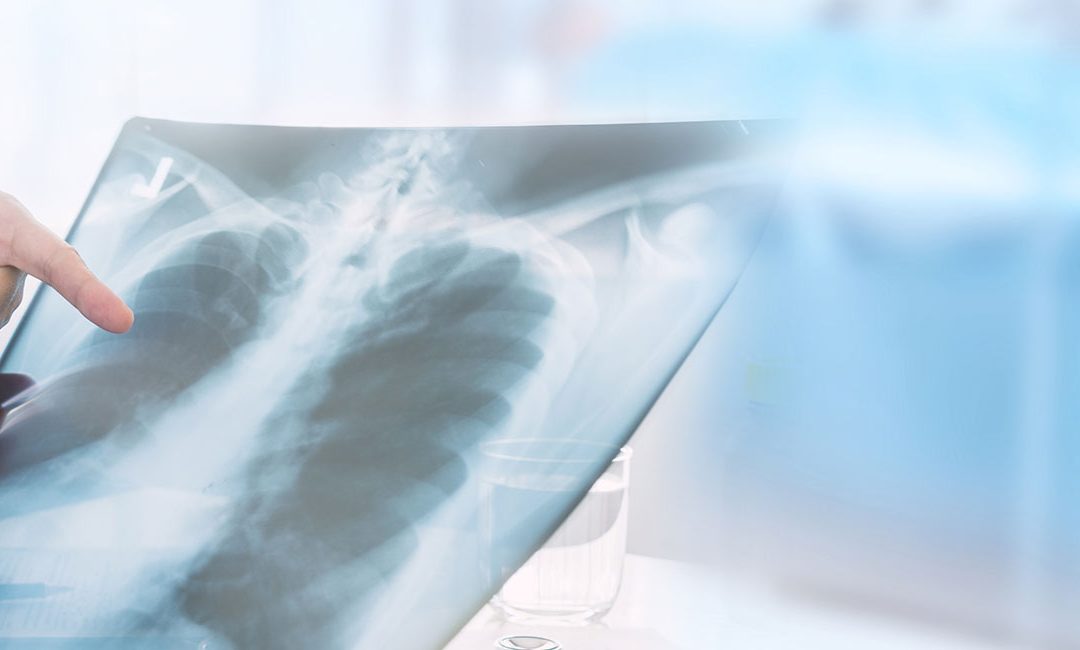Isthmic Spondylolisthesis is caused when one vertebra slips over the one below because of a fracture (Spondylolysis), elongation or other defect of a small bone (pars interarticularis – or isthmus) that connects the upper and lower facet joints. The isthmus has poor blood supply and is highly prone to stress fractures. The fracture may occur due to repeated, cumulative stress rather than trauma.
It usually involves the lowest level of the lumbar spine (L5-S1 segment). The condition does not usually cause any noticeable instability because of the large sacral ligament which connects L5 to the sacrum. Rare occurrences of the condition at the upper levels (L4-L5 or L3-L4) are known but trauma – rather than stress – is the more likely reason in such cases. If L5 slips off the sacrum down onto the pelvis, an extremely rare condition called “Spondyloptosis” occurs.
Though the isthmic fracture occurs in kids in the age group of 5-6 years, the symptoms manifest themselves only when the kids grow. It is not known to be a congenital condition. It also occurs in adolescents, athletes (like gymnasts), and the aged. Isthmic Spondylolisthesis is a common cause of back pain in the adolescent group.
A huge majority of people – about 75 to 80% – usually do not show any symptoms (asymptomatic) and rarely require medical intervention. The condition may however, turn symptomatic in adults who are in their thirties or forties. The severity of the condition is usually graded on a scale of 1 – 4, in the order of increasing severity.
Causes:
- Fracture, elongation or other defect of a small bone (‘pars interarticularis’ – or ‘isthmus’) that connects the upper and lower facet joints
- Cumulative stress on the lumbar spine
- Hyperextension of the lumbar spine as in athletic activities like gymnastics, weightlifting, playing football etc
- Disc Degeneration in adults
Symptoms:
- Low back pain often described as a ‘deep ache’
- Radicular pain, i.e. pain that radiates into the buttocks and the back of thighs
- Pain may radiate into the knees or feet
- Pain which may aggravate while standing, walking, bending backwards, coughing, sneezing, etc.
- Amelioration of pain when one is sitting or reclining back
- Numbness, tingling sensation particularly after walking
- Noticeable deformity of the lumbar back
- Spinal Stenosis or narrowing of the spinal canal
- Progressive numbness/weakness of the legs
- Urinary/fecal incontinence may also be noticed
- Muscular spasm
- A limp may develop and the gait may get altered
Diagnosis:
- Medical history of the patient may be assessed
- Physical examination to investigate and ascertain pain, balance while walking and other symptoms
- X-rays
- MRI
- CT Scan
Treatment:
- Rest – particularly when the condition is caused due hectic athletic activity
- Ice packs/Hot water bags
- Medication with anti-inflammatory agents, Non-steroidal anti-inflammatory drugs may be prescribed
- Simple stretching exercises may provide relief
- Physiotherapy sessions may be recommended
- Braces may be worn to support the spine
- Surgical intervention by way of ‘spinal fusion’ may be a solution in rare cases
To know more about Isthmic Spondylolisthesis and other orthopedic conditions of the spine, visit the physicians at OrthoTexas.

